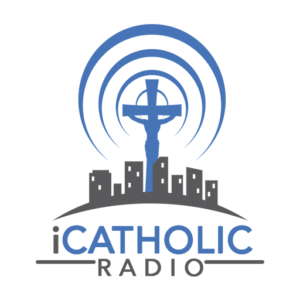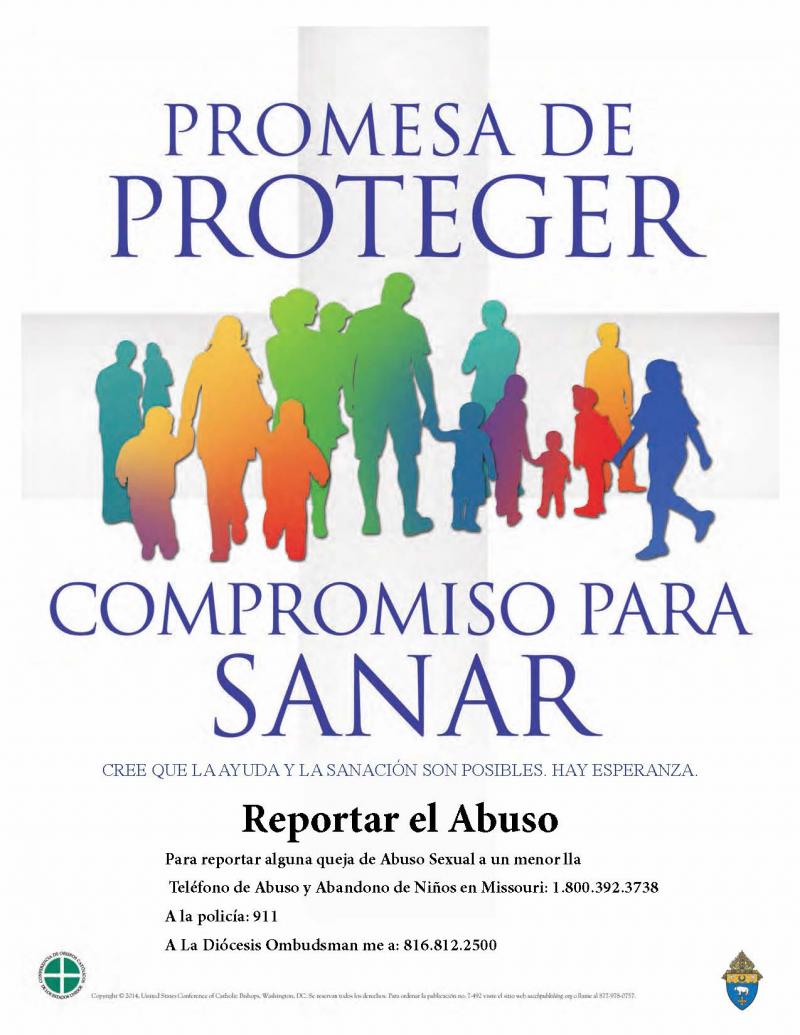
Sacred Heart Guadalupe
2544 Madison Ave. Kansas City, MO 64108
Welcome to Sacred Heart Guadalupe Church located in Kasnas City.
Bienvenidos a la Parroquia Sagrado Corazon-Guadalupe

4:00 PM Saturday
Vigil Mass
at Guadalupe Shrine
8:30 AM English Mass at Sacred Heart
MISAS DOMINICALES :
10:30 AM Español
12:30 PM Español


Visit our Facebook Page

Subscribe to our YouTube Channel

Listen to Catholic Radio


Sacred Heart Guadalupe
2544 Madison Ave
Kansas City, MO 64108
Phone: 816-599-7242
Fax: 816-394-9702
Alt: 816-842-6146
aracelib@sacredheartguadalupe.org